AN/SPY3 3D dual frequency, phased array air search, tracking, and target illumination radar; A 1999 Lincoln Laboratory briefing slide shows a "Wideband Waveform Concept for AN/SPY1 Radar" using a 400 MHz wideband waveform constructed from ten 40 MHz bandwidth pulses frequency jumping from 31 to 35 GHz A 02 paper cites aRadar Band Frequency Range Wavelength Applications;

An Spy 1 Pdf Radar Military Technology
Spy 1 radar frequency
Spy 1 radar frequency- The Navy was originally going to use the Lband/Dband for the DBR's second radar, but Lockheed Martin had been doing research on an active array Sband Advanced Radar (SBAR) that could potentially replace SPY1 radars on existing AEGIS ships A demonstrator began operating in Moorestown, NJ in 03 That same year, its performance convinced the Navy toLandbased AN/FPQ16 Perimeter Acquisition Radar at Cavalier AFS, North Dakota (an engineering development model was tested at Syracuse) AN/FPS3 search radar;




Radar
Radar Bands & Related Applications 3 MHz 30 MHz 300 MHz 1000 MHz or 1 GHz 2 GHz 4 GHz 8 GHz 12 GHz 18 GHz 27 GHz 40 GHz 75 GHz 110 GHz mm 300 GHz HF VHF Based on Raytheon's SPY6 Sband Air and Missile Defense Radar (AMDR) planned for the services Arleigh Burkeclass (DDG51) guided missile destroyers, the Enterprise Air Surveillance Radar (EASR) will be the volume air search radar for most of the Gerald R Fordclass carrier (CVN78) — starting with John F Kennedy (CVN79) and the planned LHA8 amphibiousAN/FPS5 long Range Rearch Radar
Radar_TxRxCourse PPhu 11 Average Power Output Versus Frequency Tube Amplifiers versus Solid State Amplifiers 1 10 6 10 2 102 10 4 Average Power (Watts)1 1 10 100 1000 Frequency (GHz) Solid State Amplifiers Dominate Tube Amplifiers Dominate Region ofAN/SPY1 3D phased array air search radar part of Aegis Combat System;Radar Band Frequency Notes;
Lockheed Martin SPY1 Phased Array radar test facility The AN/SPY1D, AN/SPY1D (V), SPY1F, SPY1F (V) and SPY1K (V) form today's robust family of Sband multifunction phased array radar systems designed to meet the most demanding requirements and environments faced by naval forces A single SPY1 multifunction radar system is unique inThe AEGIS SPY1 radar initially served as the foundation of the Navy's ability to detect and track ballistic missile threats In the near term, planned upgrades to this radar enhanced its Variant 1 – a single face, rotating radar Upgraded capability replacing AN/SPS48 and 49 air search radars;




Zumwalt Class Destroyer Wikipedia




An Spy 1 Wikipedia
Aegis SPY1 Radar Upgrade () The Navy plans to equip its new Flight III Aegis destroyers with its new SPY6 radar The SPY6 is made up of 37 selfcontained Radar Module Assemblies (RMAs) The SPY6 is expected be at least 30 times more sensitive than the current Aegis SPY1D radar (or 23 times the detection or tracking rangeAN/SPY1 The AN/SPY1 is the electronically scanned fixedarray radar for the US Navy's Aegis fleet air defence system It operates in the E/FBand, and the output is in several megawattsThe transmitter serves several parallel channels simultaneously The Aegis system has been fully operational since 19 and advanced versions of the radar have also been developedAN / SPY1 Radar Are aircraft carriers now too vulnerable to be useful?



2



2
AN / SPY1 Radar Are aircraft carriers now too vulnerable to be useful?AEGIS SPY 1 AWACS A SPS49 HAWKEYE E2C Courtesy of US Navy Courtesy of US Navy Courtesy of US Air Force Courtesy of ITT Gillfillan Used with permission Courtesy of US Navy Courtesy of Raytheon Used with permission Radar Systems Course 6 Clutter 11/1/09 IEEE New Hampshire Section IEEE AES Society Radars for Which Clutter is a Issue F16 APG68 FAA ARSR The radars are slated to be 30 times more powerful than the current SPY1 radar 2 SPY6 Development The SPY6 radar was initiated in the early 00s and designed to provide air defense, ballistic missile defense, and support surface warfare operations SPY6 consists of three major components the AMDR Sband radar, which provides volume search, tracking, and missile
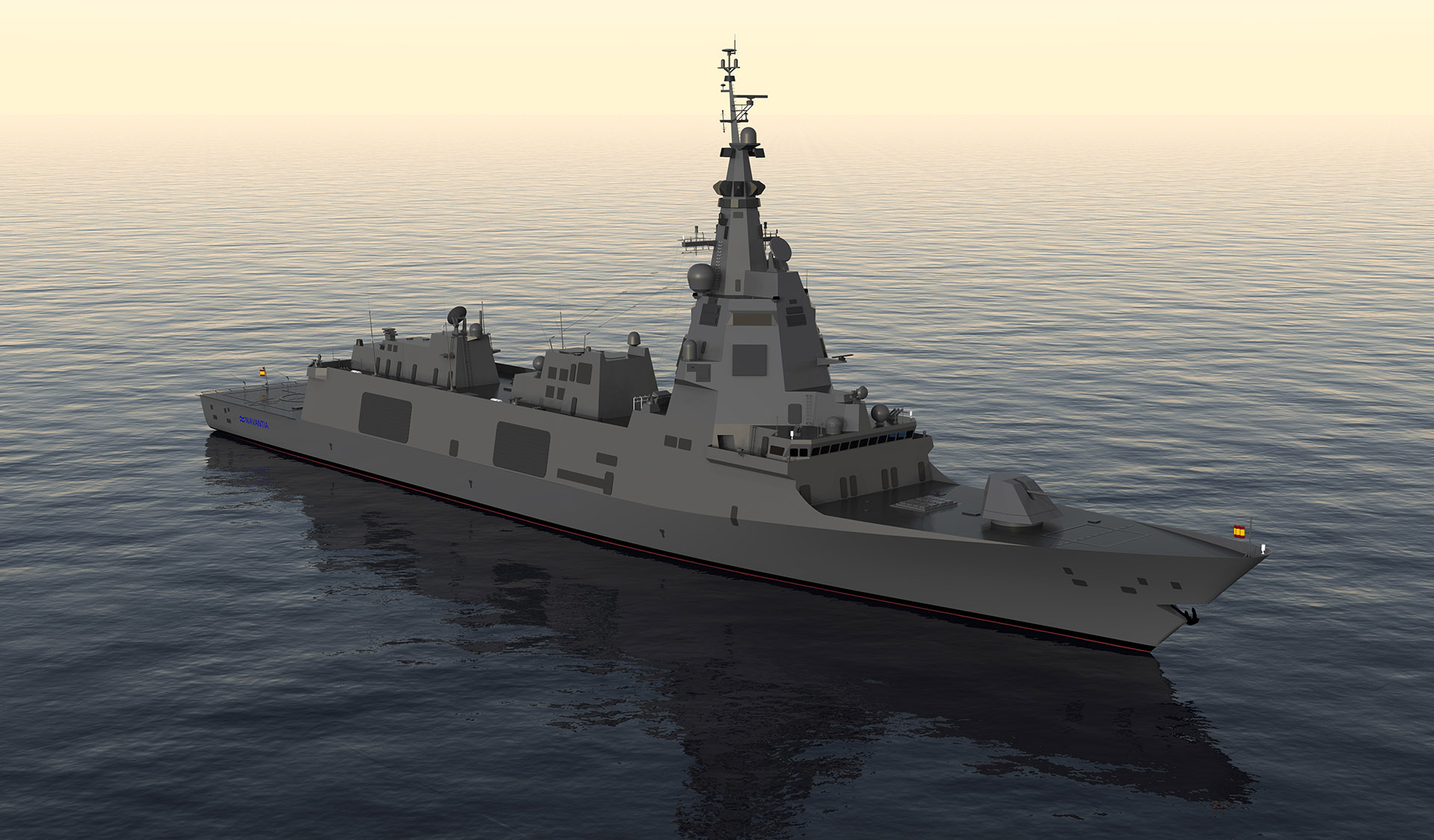



Why Spy 7 Is The World S Most Versatile Radar Lockheed Martin




An Spy 6 Wikipedia
Function Array Radar (AMFAR) AMFAR to AN/SPY1 The AMFAR demonstrator was conceived, designed, fabricated, and tested by APL between 1964 and 1969 and served as the advanced development model for tech nologies incorporated into the Aegis AN/SPY1A radar It brought all elements of the radar system together and demonstrated the feasibility of automatic detectionSPY6 radars are built from individual 'building blocks' called Radar Modular Assemblies, or selfcontained radars that come in 2'x2'x2' boxes Those boxes stack together to fit the mission requirements of any ship – a feature that makes the SPY6 The AN/SPY1 is a United States Navy 3D radar system manufactured by Lockheed MartinThe array is a passive electronically scanned system and is a key component of the Aegis Combat SystemThe system is computer controlled, using four complementary antennas to provide 360 degree coverage The system was first installed in 1973 on USS Norton Sound and entered active service in 19 as the SPY




An Spy 6 Wikipedia



2
Publicly available documentation published by the Union of Concerned Scientists states that the AN/SPY1D transmits in Sband with a frequency waveband of 31 gigahertz (GHz) to 35GHz, with a 400 megahertz (MHz) wideband waveform divided into ten 40MHz bandwidths allowing frequency hoping across this 400MHz band The documentation continues that the radarFollowing the US government's designation of their variant as SPY7 (V)1, the US government has declared Spain's SPY7 radar as SPY7 (V)2 "This designation is a direct reflection of the maturity and capability of Lockheed Martin's digital solidstate radar technology," Paul Lemmo, vice president and general manager at LockheedRadar Bands Radar Band Frequency HF 3 – 30 MHz VHF 30 – 300 MHz UHF 300 – 1000 MHz L 1 – 2 GHz S 2 4 GHz C 4 – 8 GHz X 8 – 12 GHz Ku 12 – 18 GHz Ka 27 – 40 GHz mm (V & W) 40 – 300 GHz 5 nge N / TI rge mall ge rte AirtoAir / ns lar n lar n Radar Waveform Taxonomy 6 Continuous Wave (CW) vs Pulsed 7 CW Simultaneously transmit and receive Pulsed Interleave



2




Radar
The advantage of the SPY1 type of radar is that they can search large volumes almost instantaneously while still tracking many targets This is accomplished by phasing the many antenna elements in the array to generate the required beam patterns There would be no advantage to rotating the antenna array The Type 45s radar system (Sampson?) is only two phases arrays 1 Resistance to Radar jamming is usually done by determining the frequency at which an enemy radar is broadcasting and then transmitting a signal at that same frequency to confuse it Over time, engineers developed a way to counteract this form of jamming by designing radar systems which could change their frequency with each pulse But as radar advanced, soSince the announcement of the launch of the French New Generation Aircraft Carrier program by the President of the Republic, many voices have been raised to question the relevance of a Read the article Denial of access, Naval Aviation and Aircraft Carrier, Analyzes, Amphibious




Raytheon Missiles Defense Completes Major Testing Milestone On First Spy 6 Radar Array Raytheon Missiles Defense




Air And Missile Defense Radar Amdr An Spy 6 Missile Threat
The AEGIS SPY1 radar initially served as the foundation of the Navy's ability to detect and track ballistic missile threats In the near term, planned upgrades to this radar enhanced itsElements include the Radar System AN/SPY1, Command and Decision System, and Weapons Control System AEGIS can track up to 100 targets at any time (Figure 1) Figure 1 Radar Panels Note The radar AN/SPY1 Radar The heart of the AEGIS systems is an advanced, automatic detect and track, multifunctional phasedarray radar, the AN/SPY1 This highpowered (4 MW) radar is able to performBand4 As depicted in Figure 1, the two frequency bands for mobile communications and aeronautical radio navigation are located very close to each other As an example, some ATC radar systems operate at 27 to 29 GHz;




Ta2jowi4vo Qgm



1
Designated radar for LHA8 and LX(R) Variant 2 – Three face, fixed array radar Upgraded capability replacing AN/Spy4 Volume Search Radar For additional details on the SPY1 radar and it parameters, see the post of August 3 (https To account for Aegis' lower operating frequency, we use a target radar cross section three times higher than the value of σ = 001 m 2 we used for the TPY2 F N = 44 dB = 28 (corresponding to a system noise temperature of 800 K) The published noise figure for theSince the announcement of the launch of the French New Generation Aircraft Carrier program by the President of the Republic, many voices have been raised to question the relevance of a Read the article Denial of access, Naval Aviation and Aircraft Carrier, Analyzes, Amphibious



2




An Spy 1 Pdf Radar Military Technology
AN/SPX6(V) is a dual frequency band radar operating in SBand, and XBand based on Air and Missile Defense Radar (AMDR) It acquire and track a target half the size and at twice the range compared to the AN/SPY1, providing increased flexibility in ship operating location Enterprise Air Surveillance Radar (EASR) Enterprise Air Surveillance Radar (EASR) is a derivate of the AMDRThe radar has a wide frequency range, inside which the pulse frequency varies randomly, The operating cycle of the SPY1 radar includes three subcycles, which, depending on the situation, can be arbitrarily interleaved in time Search (scanning) takes about half the time, when the radar sequentially generates narrowly directed rays that uniformly fill the corresponding quadrant ofThe AN/SPY1 radar antennas are the light grey octagonal panels on the front and starboard side of the superstructure of USS Lake Erie Country of origin United States Introduced 1973 Type 3D Air search Frequency S band Range 100 nm Azimuth 0–360° Elevation Horizon–zenith Power 6 MW The AN/SPY1 is a United States Navy 3D radar system manufactured by



An Spy 1 Shipbucket Wiki




Radar Encyclopedia Article Citizendium
The legacy SPY1 radar can search, track and guide missiles simultaneously and has the capability of tracking hundreds of targets concurrently, from the wave tops to the exoatmosphere SPYThe SPY1 radar system detects and tracks targets and then points the SPG62 toward the target, The surface mode generates a separate surface frequency and an independent pulse with a pulse repetition interval (PRI) associated with a range of 40,000 yds In the surface mode, the AN/SPQ9B radar has 360degree scan coverage for surface targets The radar displays rawAN/APY1/2 AWACS radar The primary radar housed in the rotodome is the Northrop Grumman AN/APY1/2 AWACS radar The radar transmitters, computers and display stations are housed within the fuselage The radome scans at six revolutions a minute When the radar is not operating the radome rotation rate is set at one revolution every four minutes The radar is multimode




Radar
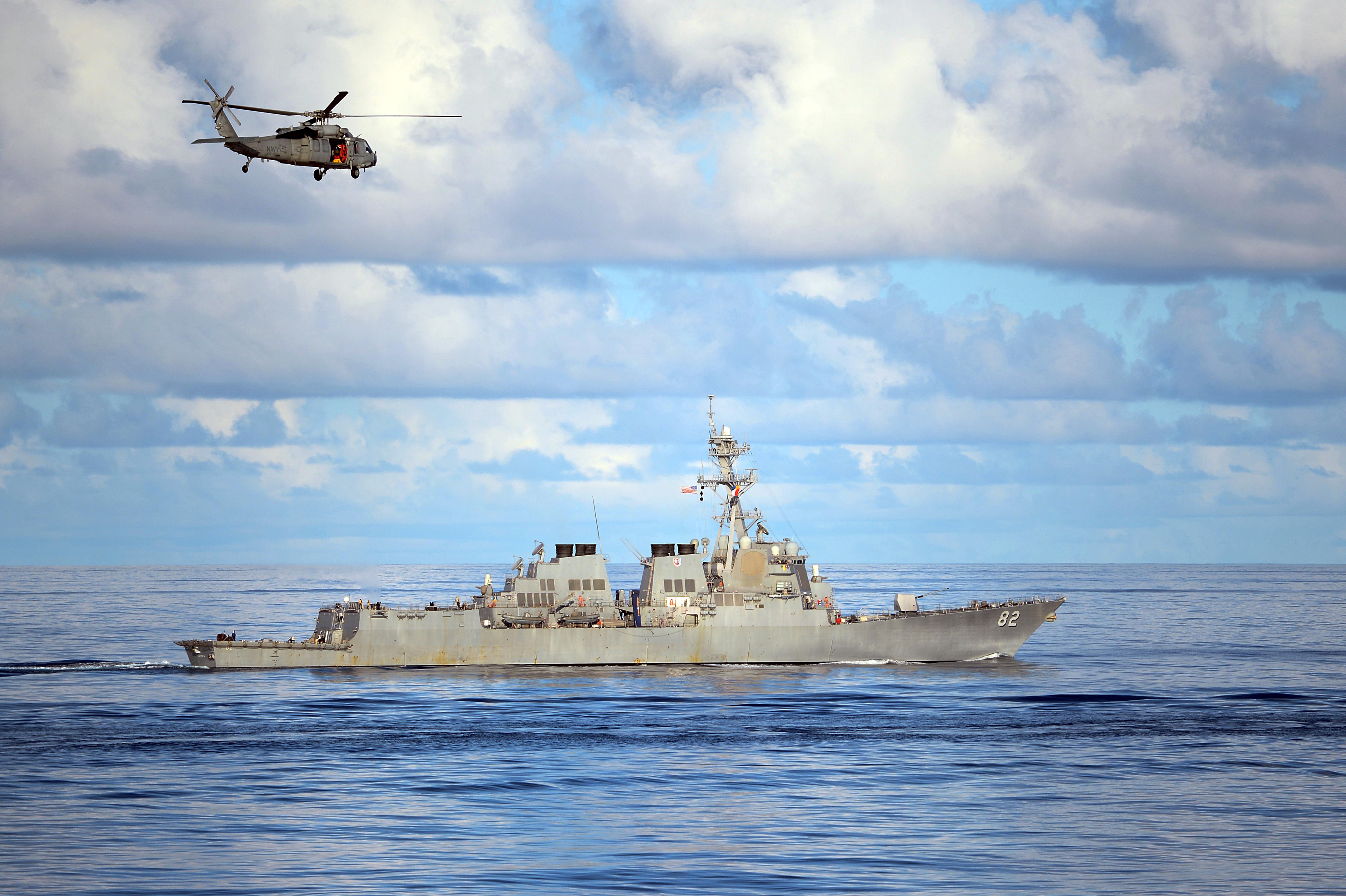



Lockheed Martin Advocates Accelerating Aegis Spy 1 Upgrades
AN/SPY6(V)4 A 4sided phased array radar with 24 RMAs Similarly to AN/SPY6(V)1, it is capable of simultaneous defense against ballistic missiles, cruise missiles, air and surface threats, as well as performing electronic warfare Planned to The SPY1D(V) is the latest and most capable version of the SPY1 family of radar The unique SPY1 multifunction phased array radar system replaces numerous conventional independent sensors and is designed for the most challenging environments and missions, including longrange volume search, fire controlquality tracking and ballistic missile defense SPY1's Sband frequencyRaytheon's DBR combines the AN/SPY3 Multifunction Radar (Xband) and the Volume Search Radar (Sband), coordinated by a single resource manager The system provides the US Navy's Fordclass aircraft carriers (CVN 78) with an unprecedented level of performance and capability to detect and track hostile targets Aegis For more than 30 years, Raytheon has been the design




An Spy 1 Radartutorial
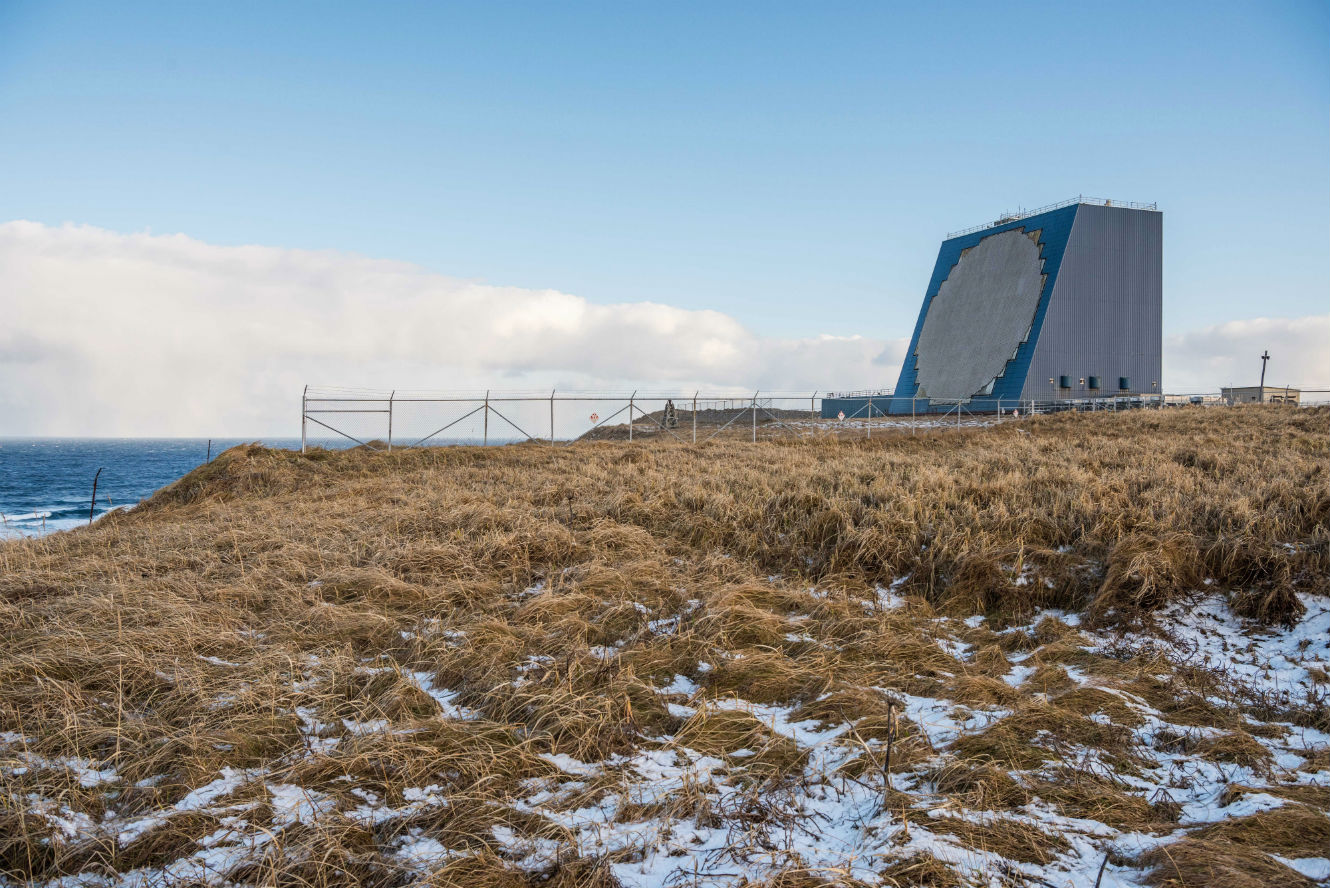



Beyond The Radar Archipelago A New Roadmap For Missile Defense Sensors
Now, I will grant that the SPY1 radar has a lot of power compared to 40 in ECM/NATO system) S band is lower frequency band (24 GHz, corresponding to E and F on the ECM/NATO scale) That's not practical for a small radar like a missile seeker, even on a big missile The P700 is said to have a trimode seeker, passive, 10 GHz (ie X band, right on border between The SPY1 radar guides the Standard missile delivery through a radio frequency uplink during its midcourse during engagements but the terminal guidance is supplied by the SPG62 radar system This combined radar guidance enables considerable numbers of targets to be engaged simultaneously It first went to sea in 19 with the USS Ticonderoga which belongs toBy the AN/SPY1 radar to SM or ESSM, is in the Sband (defined as 2–4 GHz) portion of the RF spectrum Data bits are encoded in either one of two frequency tones A tone transmitted at frequency f 1 represents a logical 0, and a tone transmitted at frequency f 2 represents a logical 1 This modulation is called frequencyshift keying (FSK) Also, the phase of the tones is



2



Which Tpa3255 Amp Do You Recommend Page 3 Audio Science Review Asr Forum
= radar frequency n r = radial velocity 3 Radar Transmitter/Receiver Timeline Pulse Modulation P AVE = P Peak X PW*PRF Peak and Average Power Recall Average Power (not Peak) determines Radar performance!HF 3 to 30 MHz 10 m to 100 m Coastal radar systems, OTH radar P 30 to 300 MHz 1m to 10m applied retrospectively to early radar UHF 300 to 1000MHz 03 to 1 m very long range, ground penetrating radar L 1 to 2 GHz 15 cm to 30 cm Long range air traffic control and surveillance S 2 to 4 GHz 75 cm to 15 cmHF 3 30 MHz High Frequency VHF 30 300 MHz Very High Frequency UHF 300 1000 MHz Ultra High Frequency L 1 2 GHz S 2 4 GHz C 4 8 GHz X 8 12 GHz Ku 12 18 GHz K 18 27 GHz Ka 27 40 GHz mm 40 300 GHz millimeter wavelength Military HF, VHF, UHF same as Radio Band HF, VHF, UHF respectively ITU Radar




Spy 7 Lockheed Martin
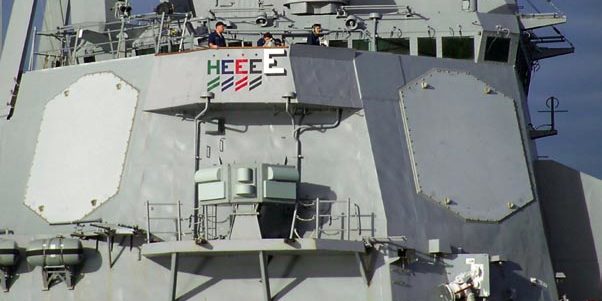



An Spy 1 Radar Missile Defense Advocacy Alliance
Primary sensor for ship selfdefense and situational awareness;The Aegis SPY1 radar acquires and tracks multiple targets, such as enemy planes and missiles, and helps defend against them It can operate as an integrated single ship system, as well as in a shiptoship network SPY1D(V) Transmitter and MK 99 Fire Control System Raytheon Missiles & Defense is the designated agent and manufacturer of two Aegis components the SPY1D(V)Frequency S band Range 100 nm Azimuth 0–360° Elevation Horizon–zenith Power 6 MW The AN/SPY1 is a United States Navy 3D radar system manufactured by Lockheed Martin The array is a passive electronically scanned system and is a key component of the Aegis Combat System The system is computer controlled, using four complementary antennas to provide 360
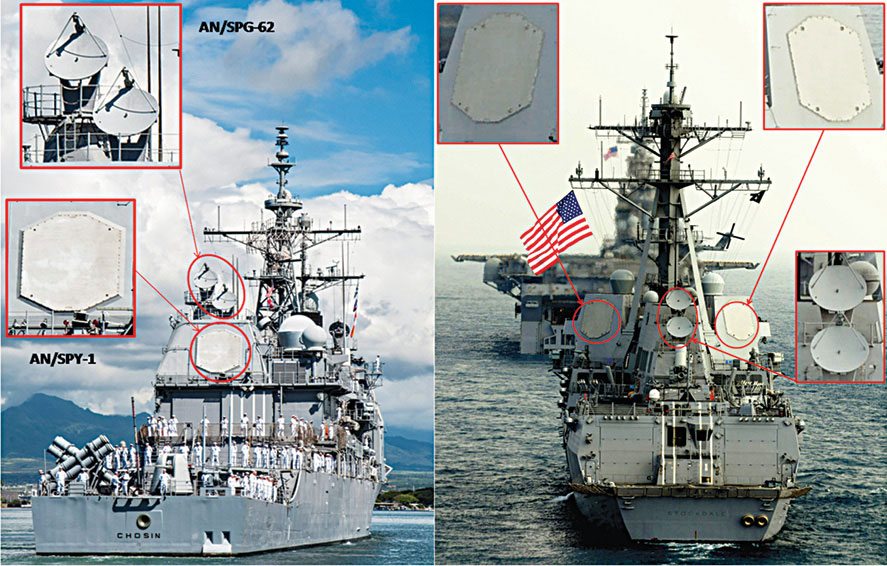



American Carrier Strike Groups An Electronic Perspective Part 2 Of 5 Page 2 Of 5 Electronics For You




An Spy 3 Wikipedia
Others, such as the AN/SPY1 radar operated by the US Navy, operate at a frequency of 35 GHz Most of these types of radar apply pulse and pulse




An Spy 1 Radar



2




Smart Antenna Systems Smart Antenna Array Antenna Array



Phased Array Radar



Almaz S 300p Pt Ps Pmu Pmu1 Pmu2 Almaz Antey S 400 Triumf Sa 10 21 Grumble Gargoyle




Us Navy S Dual Band Radar Achieves X And S Band Milestone Atlantic Organization For Security Aos




7 Fast Facts About The Navy S Newest Radar Amdr Will Help Keep The World A Safer Place Raytheon
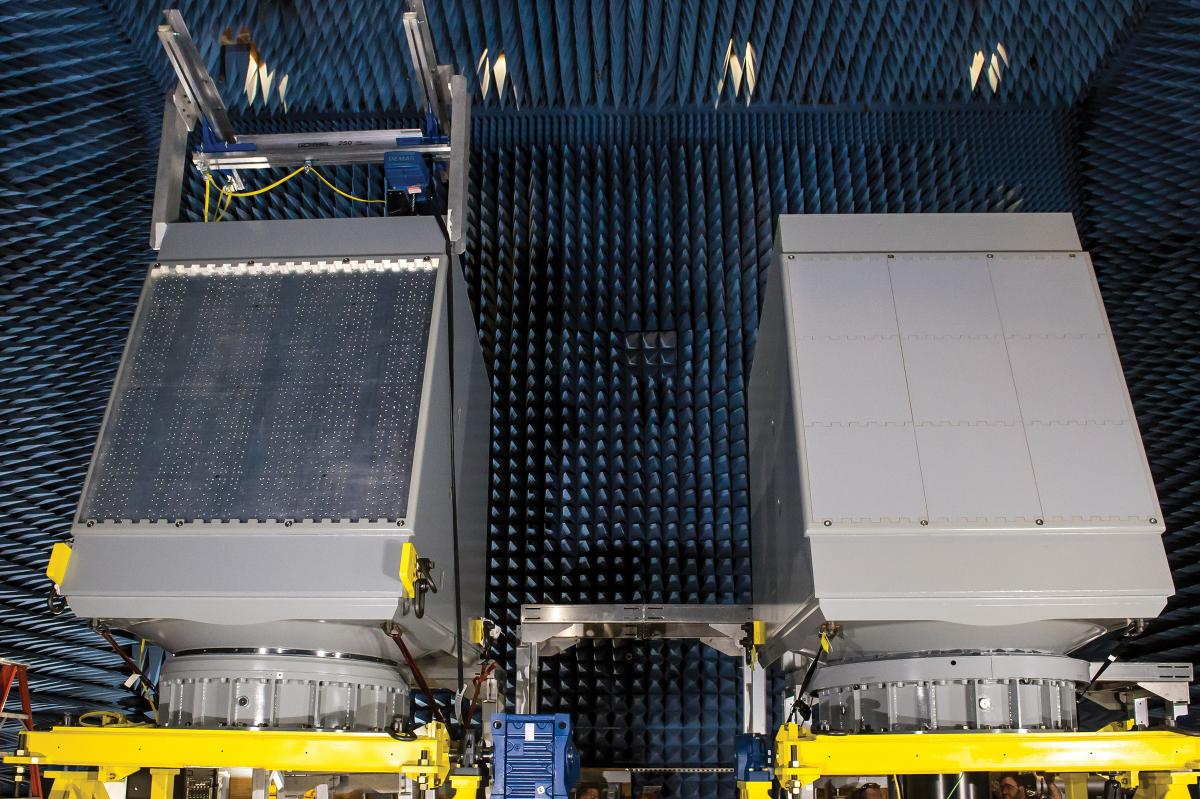



New Air Missile Defense Radar Proceedings June Vol 146 6 1 408



Aegis Ashore




Advances In Chinese Dual Polarization And Phased Array Weather Radars Observational Analysis Of A Supercell In Southern China In Journal Of Atmospheric And Oceanic Technology Volume 35 Issue 9 18




An Spy 3 Radartutorial



File The Antenna Of The An Spy 1 Radar Jpg Wikimedia Commons




Ballistic Missile Defense The Aegis Spy 1 Radar August 3 12 Mostlymissiledefense




An Spy 1




The Arleigh Burke Class Destroyer Ddg 51 An In Depth Guide Whitefleet Net




7 Fast Facts About The Navy S Newest Radar Amdr Will Help Keep The World A Safer Place Raytheon



2




7 Fast Facts About The Navy S Newest Radar Amdr Will Help Keep The World A Safer Place Raytheon




Sensors And Command And Control Missile Threat




Radar An Spy 6 Military Analizer



Engagement And Fire Control Radars S Band X Band



How Does The New Amdr Radar With Aesa Technology For Us Navy Destroyers Compare To The Old Spy 1 Radar For The Aegis System That Used Pesa Quora




An Spy 1 Wikipedia



How Does The New Amdr Radar With Aesa Technology For Us Navy Destroyers Compare To The Old Spy 1 Radar For The Aegis System That Used Pesa Quora




Radar




Navy S Troubled Stealth Destroyers May Have Radars Replaced Before Ever Sailing On A Mission




Dual Band Radar Dbr Raytheon




Smart Antenna Systems Smart Antenna Array Antenna Array
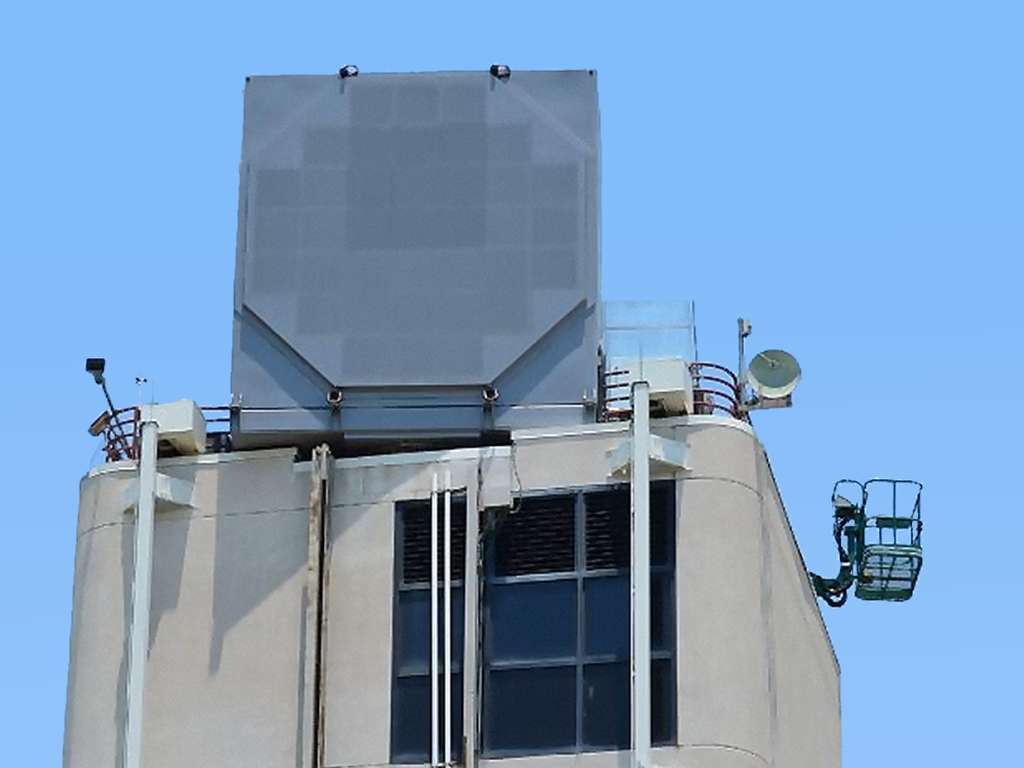



An Spx 6 V Radartutorial



2




Technologies That Allow To See Through The Walls Kaspersky Official Blog
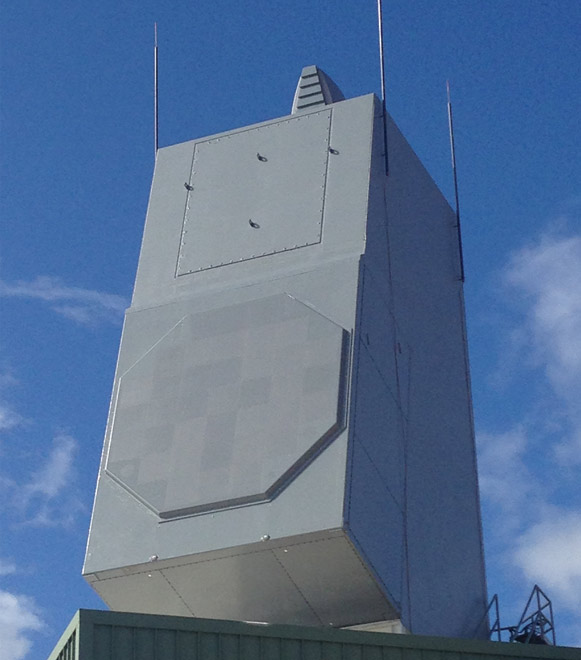



Navy S Spy 6 Radar On Track Proceedings June 17 Vol 143 6 1 372



3
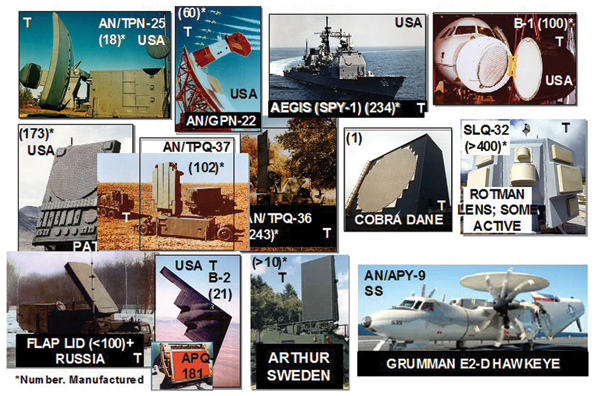



Now Phased Array Radars Past Astounding Breakthroughs And Future Trends January 08




An Spy 1 Radar



2




The Sb Naval Armada Page 3 Spacebattles




How Capable Would The Raytheon Sm 3 Block Iia Missile Be As A Defense Against Anti Ship Ballistic Missiles Such As The Pla S Df 21d Quora




Raytheon Missiles Defense Completes Major Testing Milestone On First Spy 6 Radar Array Naval News



2
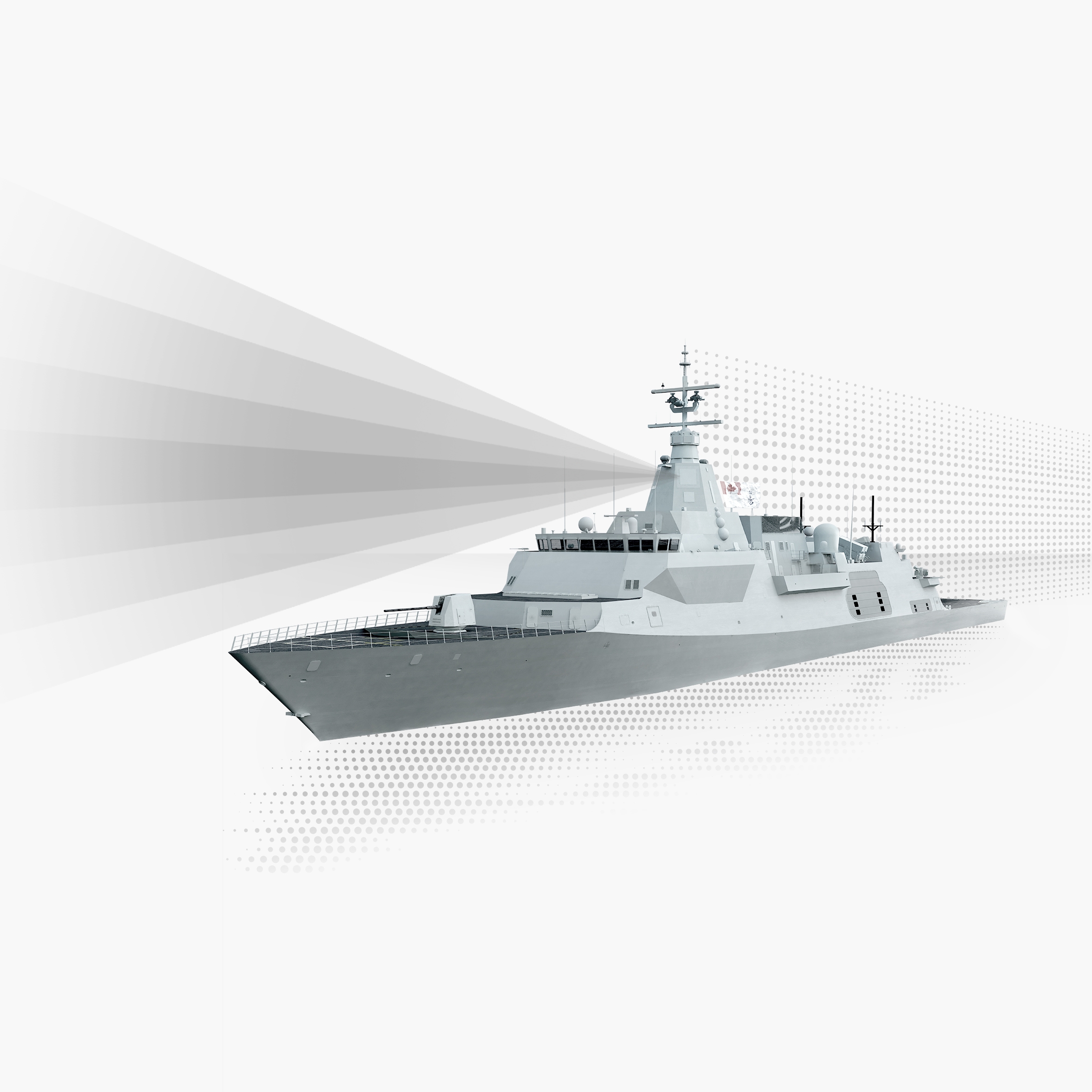



Why Spy 7 Is The World S Most Versatile Radar Lockheed Martin
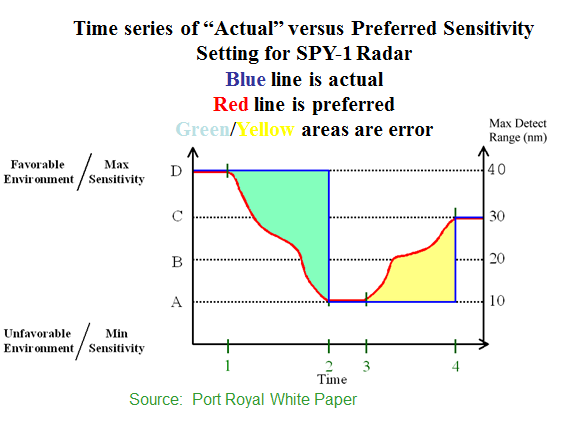



Module 4 2 Evaporation Duct Effects




Advances In Periscope Hunting Anti Submarine Radar Promises To Keep The Enemy S Head Down Military Aerospace
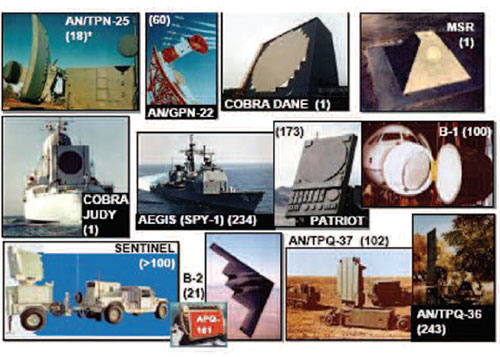



Phased Arrays And Radars Past Present And Future




An Spy 1 Radar Missile Threat



2



2




Predefined Measurement Frequency Bands Of Eme Spy 0 Exposimeter Download Table



An Spy 1 Shipbucket Wiki




Phased Array Radar Principles Ppt Video Online Download




Spy 6 Radar Tracks Ballistic Missile Through Intercept And Multiple Simultaneous Targets Pakistan Defence




Spy 6 Radar Tracks Ballistic Missile Through Intercept And Multiple Simultaneous Targets Pakistan Defence
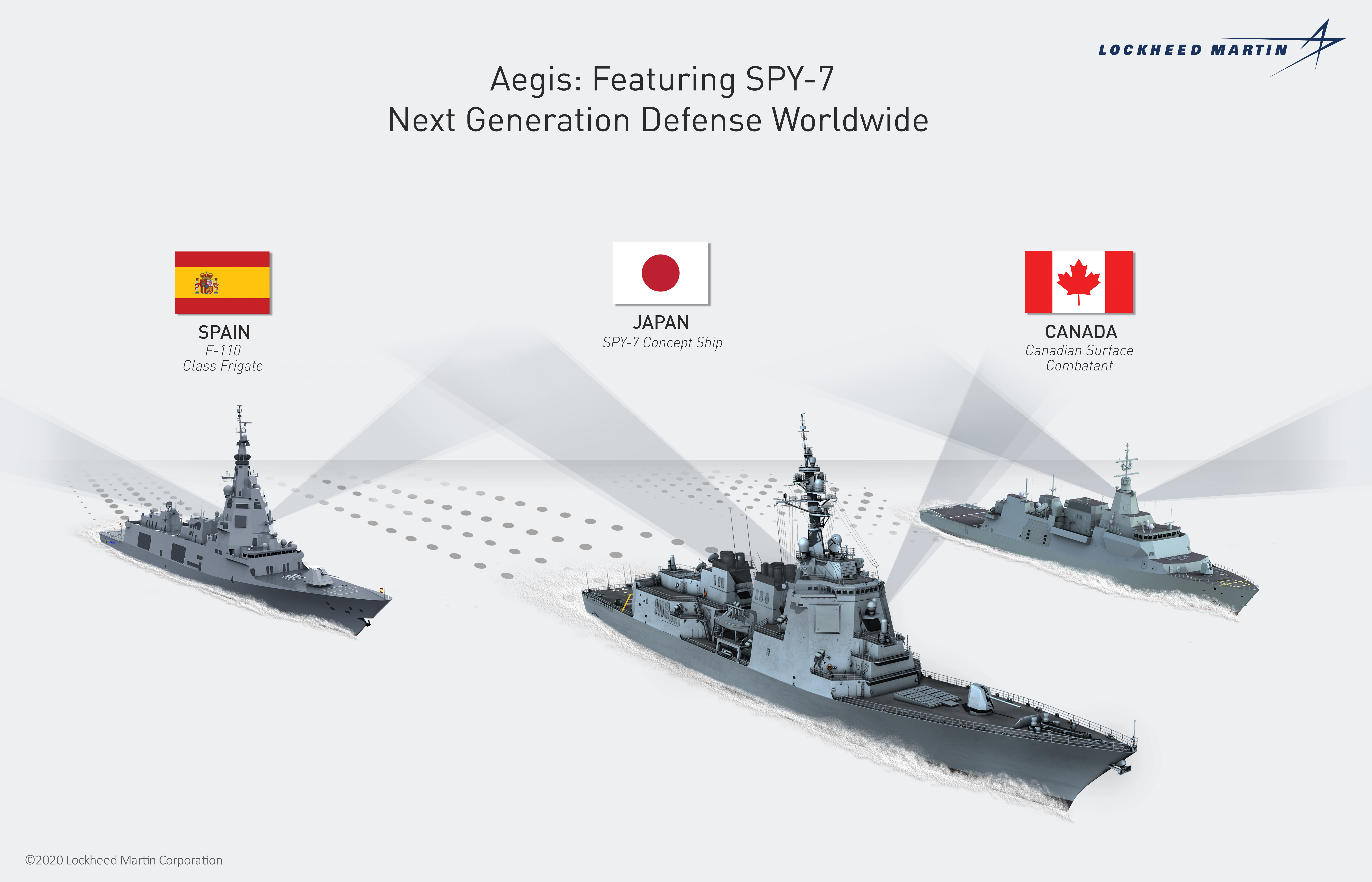



Why Spy 7 Is The World S Most Versatile Radar Lockheed Martin
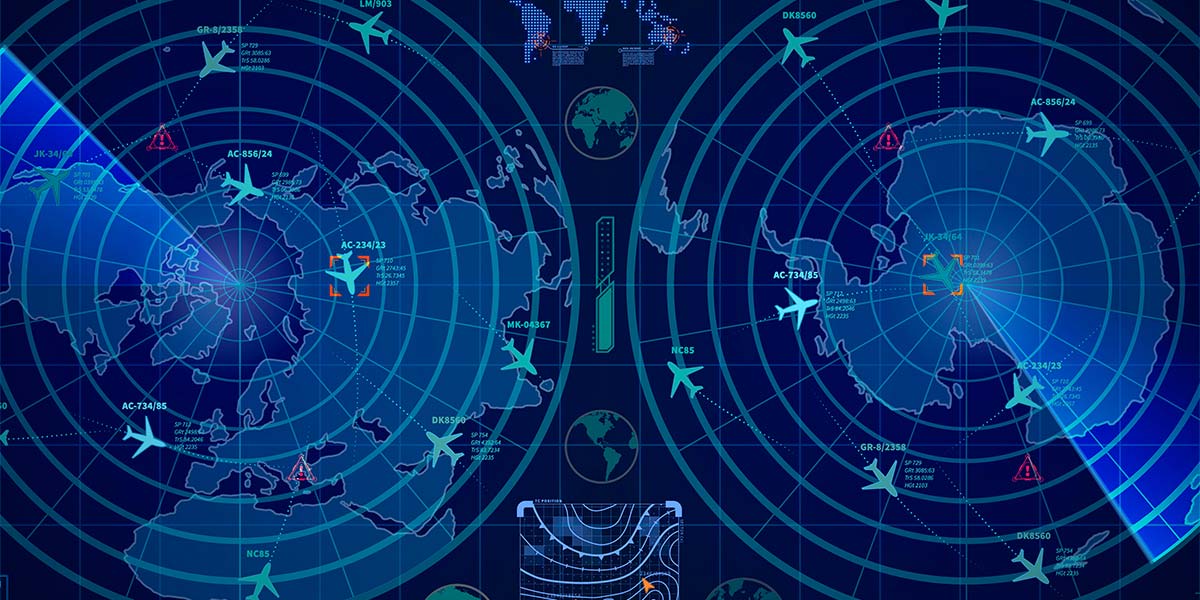



Radar And Electronic Warfare Fundamentals Nuts Volts Magazine



2




Ballistic Missile Defense The Aegis Spy 1 Radar August 3 12 Mostlymissiledefense



How Does The New Amdr Radar With Aesa Technology For Us Navy Destroyers Compare To The Old Spy 1 Radar For The Aegis System That Used Pesa Quora



2




In Focus The Royal Navy S Sampson Radar Navy Lookout



Navy Mulling Installing An Spy 6 Baseline 10 On Legacy Destroyers Usni News



How Does The New Amdr Radar With Aesa Technology For Us Navy Destroyers Compare To The Old Spy 1 Radar For The Aegis System That Used Pesa Quora




12 August 18 Thai Military And Asian Region




Why Spy 7 Is The World S Most Versatile Radar Lockheed Martin
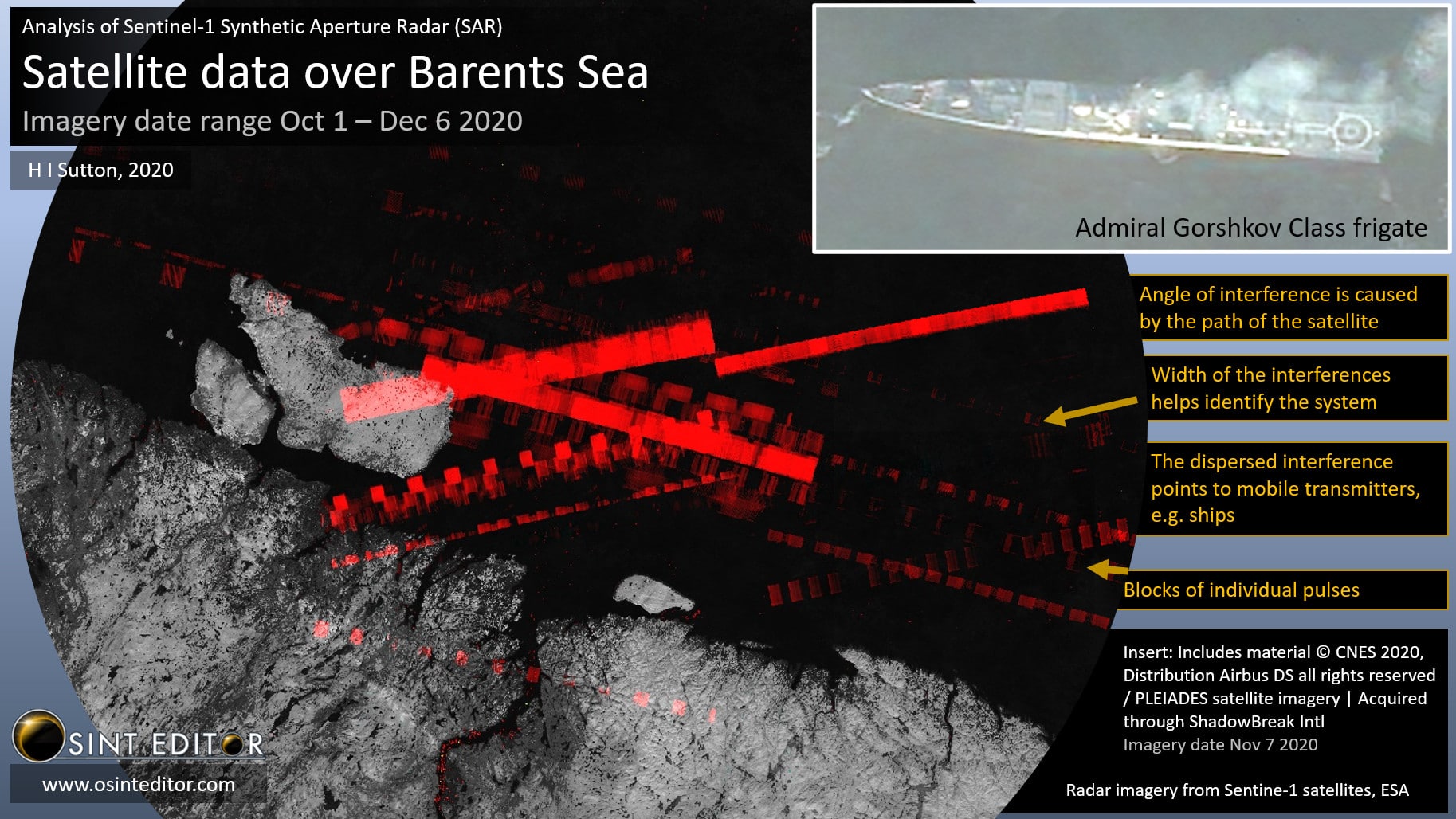



Hidden Threat To Navies How Freely Available Satellite Imagery Can Track Radars Naval News




Big Surveillance For Small Platforms Asian Military Review




Lockheed To Produce Two Spy 7 Radar Sets For Aegis Ashore Japan




Anti Spy Detector Bug Detector Camera Finder Rf Signal Detector Gps Tracker Hidden Camera Detector Radar Radio Scanner Frequency Detector For Gsm Tracking Device Amazon Co Uk Diy Tools




Navy S Next Destroyer To Increase Radar S Capability In Terms Of S N By A Factor Of About Thirty January 30 13 Mostlymissiledefense



2
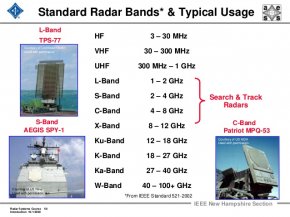



Lm Usn Re Designate Lrdr As An Spy 7 V 1 Page 4 Defence Forum Military Photos Defencetalk
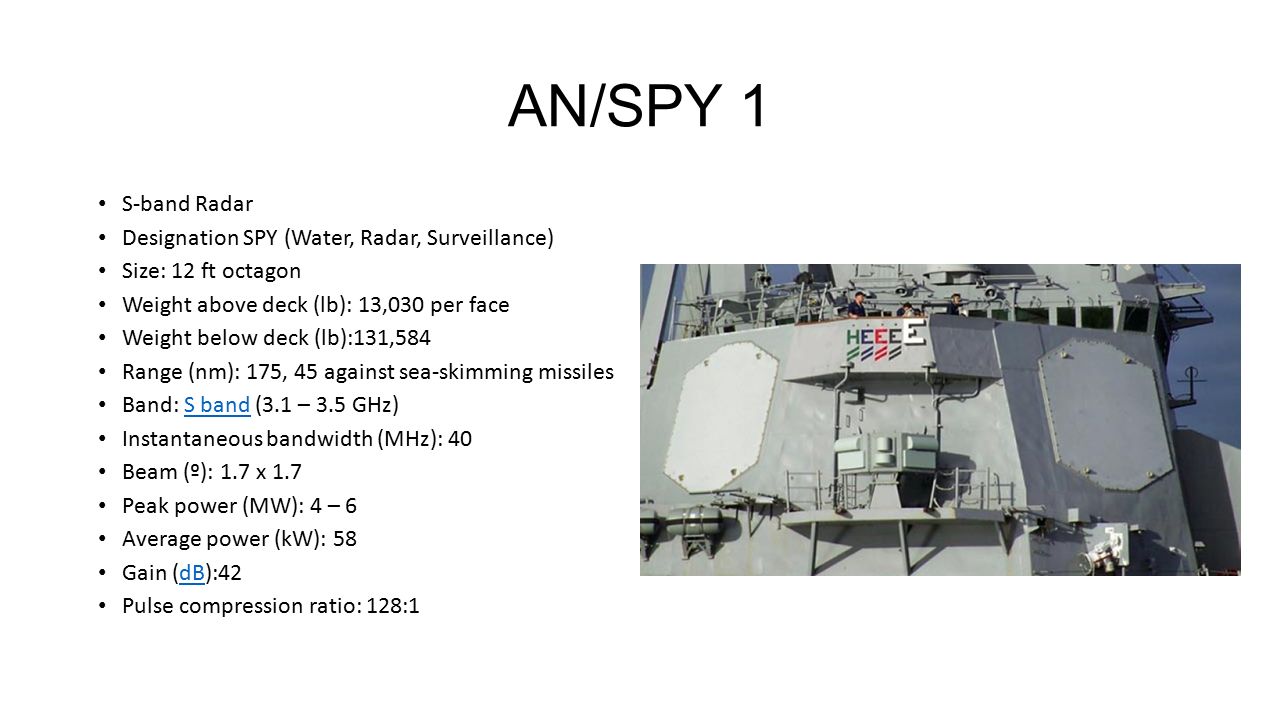



Phased Array Radar Principles Ppt Video Online Download
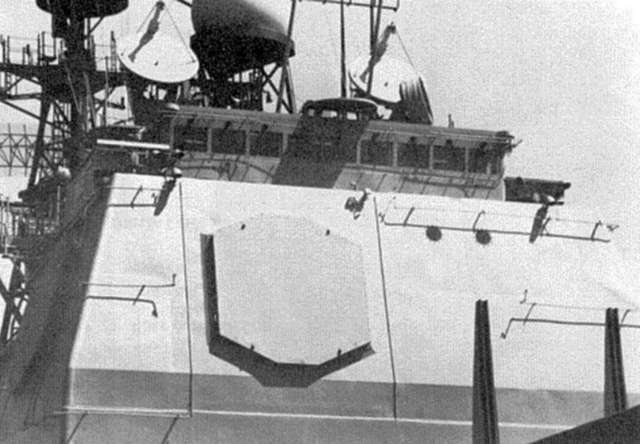



An Spy 1 Radartutorial



June 16 Thai Military And Asian Region Page 2
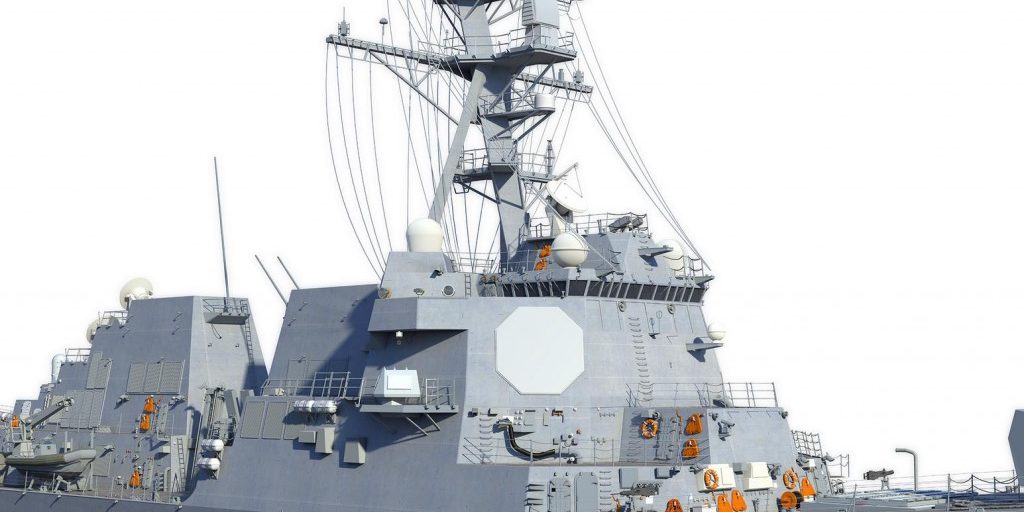



An Spy 6 V Missile Defense Advocacy Alliance




Navy Accelerates New Ship Radar To Support Emerging Sea Attack Strategy Fox News
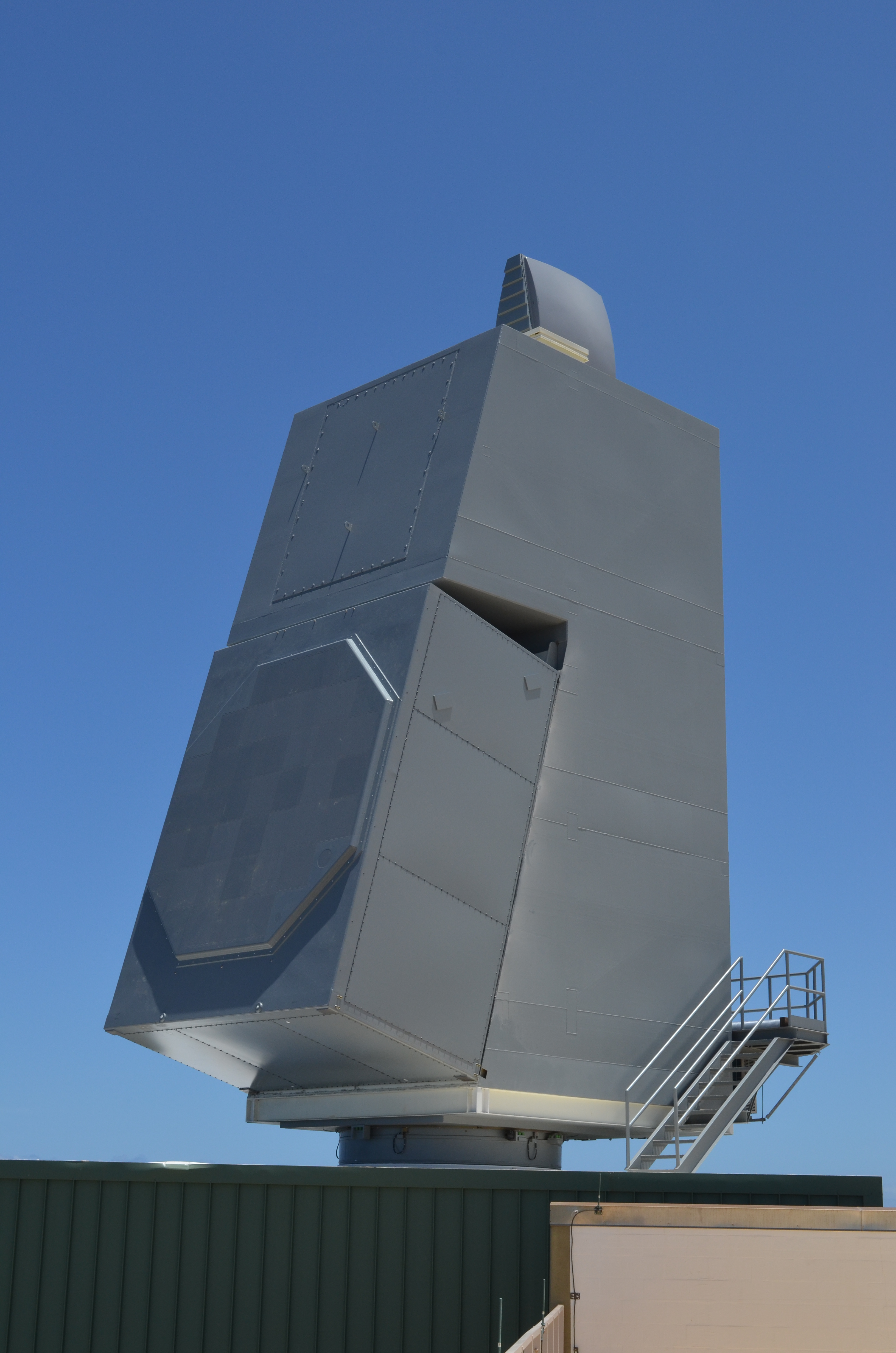



Spy 6 Radar Finishes Final Round Of Developmental Testing In Hawaii Usni News



0 件のコメント:
コメントを投稿